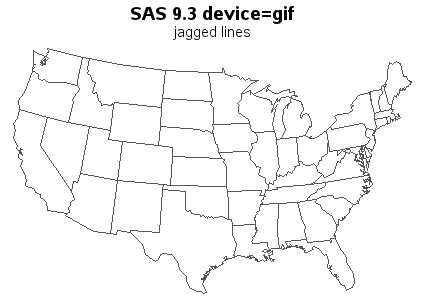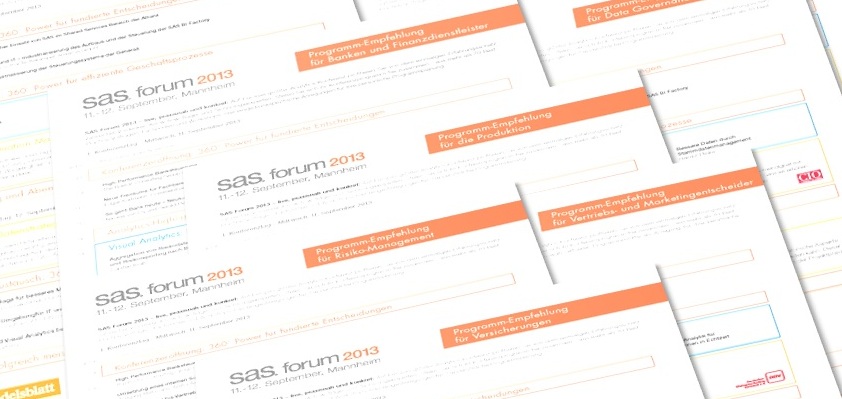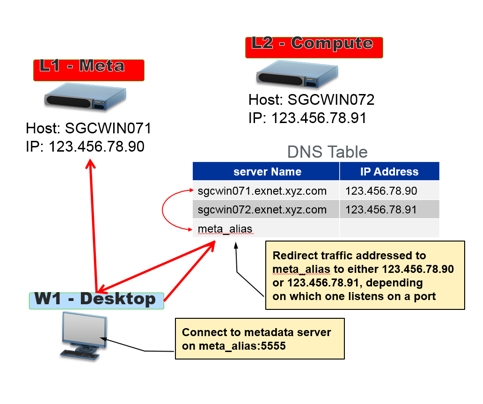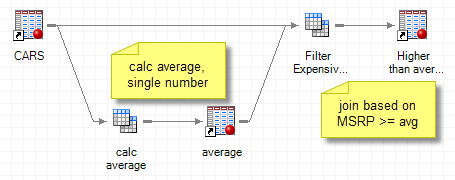All Posts

I don’t think people typically think of administration as a fun thing, but it really was fun talking to SAS administrators at SAS Global Forum this year. There seemed to always be a crowd around the administration demo station. We had quite a few super demos and papers, and we

Most of us will have at least a few road trips this summer (some longer than others). Traveling in the car doesn’t mean you have to give up your healthy habits. It just takes a little planning.

Are you still using the old RANUNI, RANNOR, RANBIN, and other "RANXXX" functions to generate random numbers in SAS? If so, here are six reasons why you should switch from these older (1970s) algorithms to the newer (late 1990s) Mersenne-Twister algorithm, which is implemented in the RAND function. The newer

SAS 9.3 already has smooth (anti-aliased) lines in SAS/GRAPH device=png output, and in SAS 9.4 you will also get smooth lines in your device=gif output (and gif animations)! Woo-hoo!!! Here are a couple of simple examples to demonstrate: The first example is device=gif Proc Gmap output. If you look very closely, you'll notice that

The DELETE procedure is probably the most well-known and most-used SAS procedure that isn't actually documented or officially supported. That is, that was the case before the release of SAS 9.4, when PROC DELETE returns with more features than ever -- including a production-quality status. In his SAS Global Forum
Tried, tested and true -- I’m sure you already practice some, if not all, of these efficient techniques to save resources. I recently shared these 10 techniques with the Wisconsin Illinois SAS users group in Milwaukee. The conference ran smoothly under the incredibly able guidance of Dr. LeRoy Bessler. I’ll

Four authors. Four papers. One set of data. The month of August and the 2014 Call for Content are just around the corner, and this seems like a good time to share a little inspiration and innovation. The Foundations and Fundamentals paper section at SAS Global Forum 2013 featured a four-part

Jede Branche und jeder Fachbereich kann und wird von Analytics profitieren. Doch jeweils ein wenig anders. Wie Sie bislang ungenutzte Erkenntnispotenziale in ihren Datenbergen heben können, erfahren Sie am 11. und 12. September 2013 in Mannheim. Das SAS Forum 2013 ist nicht nur die größte, sondern auch die individuellste Konferenz

Every programming language has an IF-THEN statement that branches according to whether a Boolean expression is true or false. In SAS, the IF-THEN (or IF-THEN/ELSE) statement evaluates an expression and braches according to whether the expression is nonzero (true) or zero (false). The basic syntax is if numeric-expression then do-computation;

Conventional or Organic? That is the question. Research varies about whether organic foods are healthier than conventional foods. However, one of the biggest arguments for buying organic is in regards to pesticide exposure. Convincing evidence is revealing that the pesticides we eat, drink and inhale are stored in our bodies

On the Web site for the book Statistical Programming with SAS/IML Software, I provide instructions on how to download the sample data sets and install them so that they can be used from within SAS/IML Studio. When I wrote the book I did not anticipate that SAS users might want

In my last post, I introduced the hardware solutions (such as a virtual IP switch or IP load balancer) that enable client applications to access services regardless of whether they are running on a primary or a failover server in a grid-enabled environment configured with high availability. In this post,

When I work on SAS projects that create lots of files as results, it's often a requirement that those files be organized in a certain folder structure. The exact structure depends on the project, but here's an example: /results |__ html |__ images |__ xls |__ data Before you can

Der Countdown läuft: Noch wenige Tage gilt für das SAS Forum 2013 der Frühbuchertarif. Teilnehmer, die sich bis zum 10. Juli registrieren, sparen 500 Euro für ihren Besuch von Europas größter Analytics-Konferenz. Am 11. und 12. September 2013 schildern Experten, Strategen und Anwender aus unterschiedlichen Branchen in mehr als 70

Many SAS Enterprise Guide users practically live in the Query Builder. For those who understand their data tables, the Query Builder provides a tremendous amount of flexibility to pull and manipulate data. The Query Builder produces SQL programs behind the scenes, which translates well for database-centric work. Sometimes a complex









